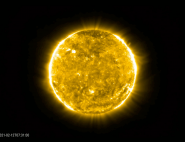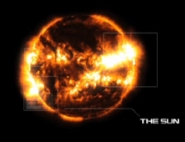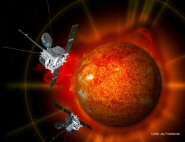Mission

Mission
The Stereo project is the third mission of the international scientific programme of the study of the relations Sun-Earth STP (Solar Terrestrial Probes Program). It is a set of two satellites of NASA whose instruments were designed and produced by American and European scientists.
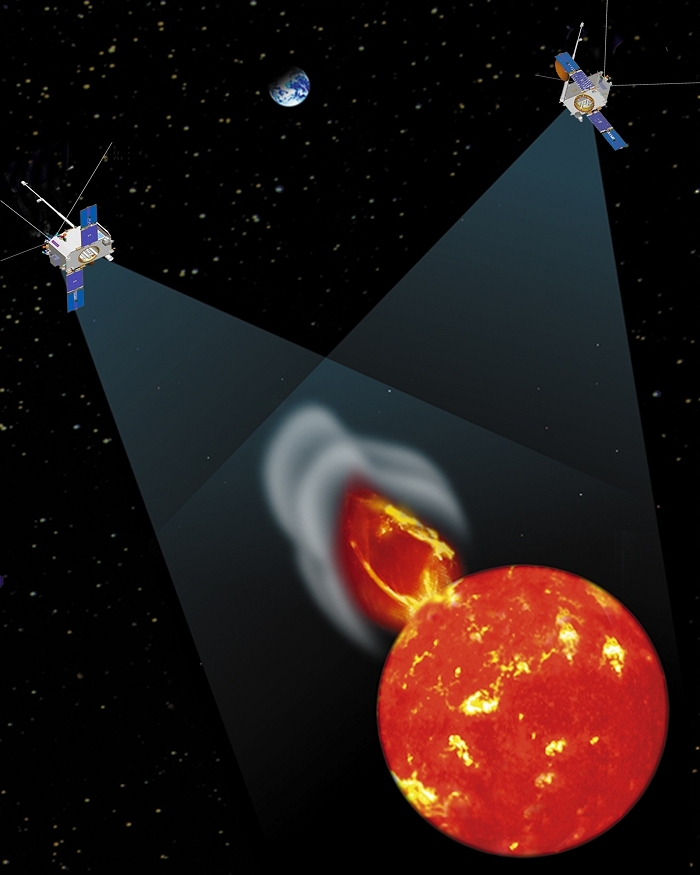
The purpose of the Stereo mission is to provide original information on the solar flares and their effects on the terrestrial environment. In order to obtain stereoscopic images of the eruptions, a satellite precedes the Earth in its orbit around the Sun, and the other follows it. Images obtained by the satellites are combined with the "in situ" data as well as with data from observatories on the ground, and satellites in low orbit to follow in three dimensions the magnetic energy storage, the ejection then the trajectory of the coronal matter in the interplanetary medium. When ejecta reach Earth orbit, the magnetometers and the instruments measuring the plasma installed on board Stereo satellites will make it possible to characterize the ejected matter and to connect without ambiguity these measurements to their solar source.
PSeveral French scientific teams, supported by CNES, contribute to the design of the Stereo instruments. Each Stereo satellite is equipped with the four following instrument suites:
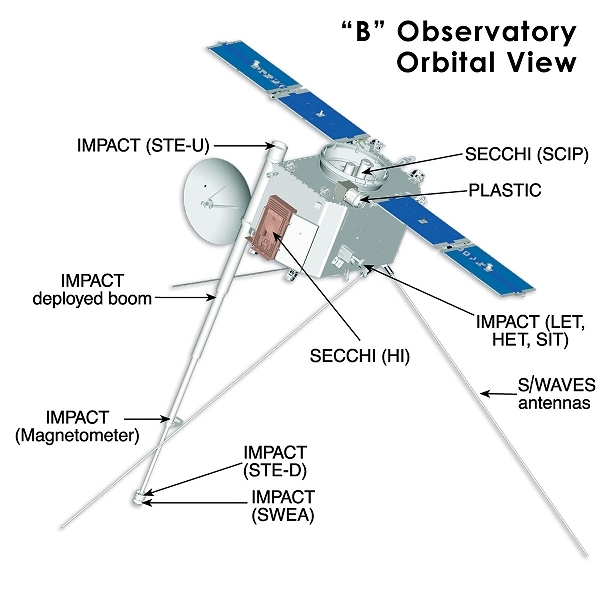
- PLASTIC (PLAsma and SupraThermal Ion and Composition) studies solar wind and the heliospheric processes.
- STEREO/WAVES (S/WAVES) is the Principal Investigator for this instrument. LESIA is the Principal Investigator for this instrument.
- SECCHI (Sun-Earth Connection Coronal and Heliospheric Investigation) is a set of remote sensing instruments made up of a imager in the extreme ultraviolet, two white-light coronagraphs, and a heliospheric imager. These instruments study the three-dimensional evolution of the Coronal Mass Ejections (CMEs). The IAS is involved in the Stereo programme both on the hardware (telescope imager EUVI) and for the data analysis (thesis cofinanced by CNES) on the data retrieval. IOTA manufactured the EUVI telescope mirrors.
- IMPACT (In situ Measurements of PArticles and CME Transients) is composed of seven instruments: an analyzer of solar wind electrons (SWEA: solar wind electron analyzer), a magnetometer, a matrix of detectors of particles measuring the ions and electrons accelerated at the time the coronal mass ejection. IRAP has developed SWEA detectors for the two satellites of the mission, except the numerical treatment unit.
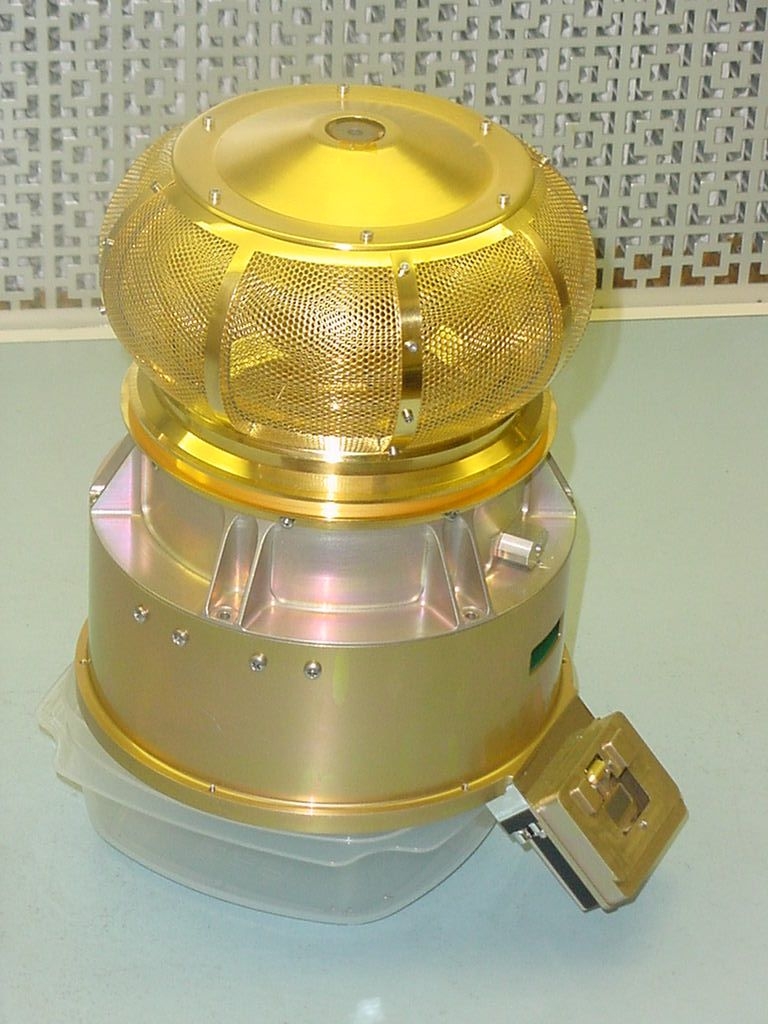
A network of ground stations, set up by NOAA, receives Stereo data continuously. A CNES antenna, unused for several years has been upgraded for this occasion and complements this first "space weather" global network.
| The two Stereo satellites were successfully launched by a DELTA II rocket from Cape Canaveral, USA, on 25 October 2006. |
Find out more about Stereo (in French only):
- Le Soleil et l'Observatoire de Paris, une longue histoire, Magazine de l'Observatoire de Paris, n°10, pp.23-24
INSU-CNRS Press releases:
